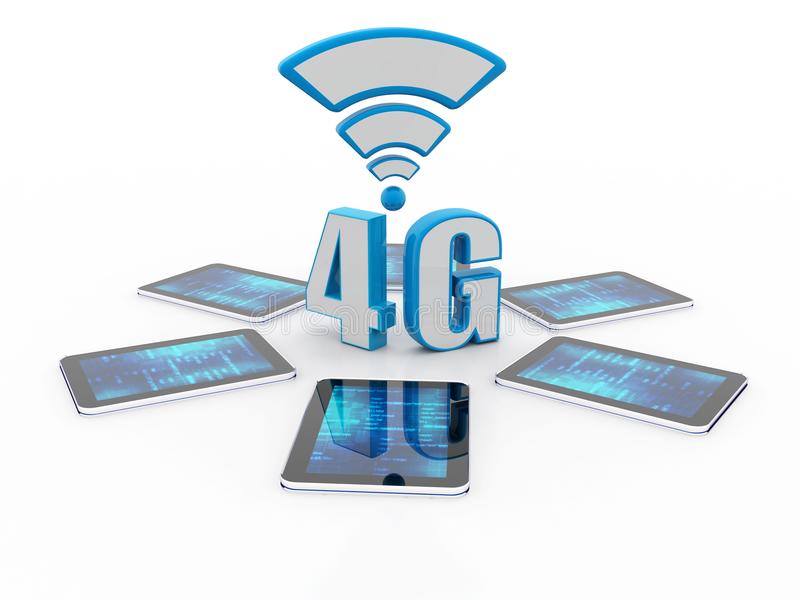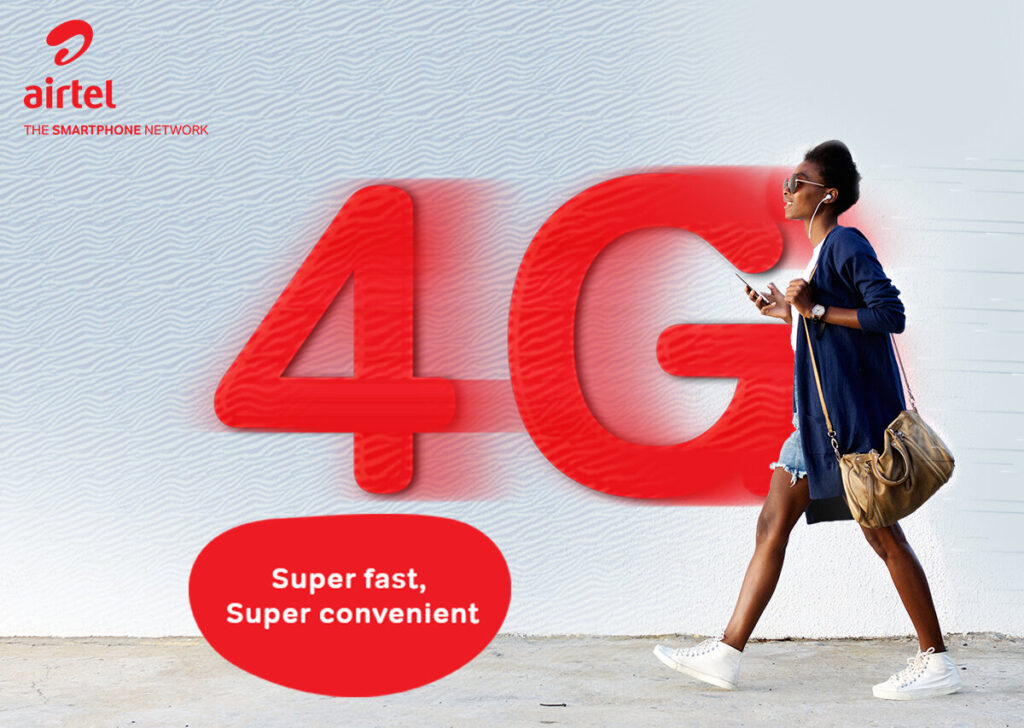What Airtel’s $42m DR Congo’s 4G Network Expansion can bring to the Country

4G network has rapidly evolved in Africa’s mobile communications system space. The 4G LTE usage grew from 0 to 150 million people in its first year, and roughly 1.3 billion people now have access to it. 4G not only gives super-fast access to millions of customers but can also connect enterprise networks.
In this age of social media and high-tech consumption, internet users require effective communication services. They often share their frustrations with larger audiences (social media). Funny they still get to share these frustrations while using the services of these internet providers.
When 2G was introduced in 1992, it offered data services and SMS text messaging. However, the introduction of future generations of cellular telephone technology made everyone realize that the data transfer rates with 2G were too low. Therefore, a higher rate of data transfer accompanied the 4G network. This technology has made it suitable for USB wireless modems for laptops and even home internet access.
By adopting the 4G network in Africa, Airtel has acquired a license to expand its 4G connectivity services in the Democratic Republic of Congo. The newly purchased spectrum of 58 MHz cuts across 900, 1800, 2100, and 2600 MHz bands came at a fee of $42m.

Airtel currently operates in 14 African markets; the Democratic Republic of Congo is its largest by coverage area and second-largest in the population count. However, Nigeria’s most significant market (by the number of subscribers) remains.
About DR Congo
DR Congo is a central African country with a population of over 90 million and stable growing internet space. According to reports, there were about 21.14 million internet users in the country in January 2021, a 29% rise over the previous year. In addition, DR Congo has network infrastructure like Airtel, Vodacom, Tigo, Orange, and Africell.
Vodacom Congo was the first mobile provider in the DRC to launch 4G services, which it did in May of this year. The necessity to keep connected has been essential since the pandemics began, which is why there are plans to expand this service. As a result, 3G coverage in Sub-Saharan Africa increased 75% in 2019 (up from 63% in 2017), while 4G coverage nearly doubled to about 50% (during the same period).
Taara, Alphabet’s airborne internet connectivity project that continued up to where Loon left off, has started its [first] mission to connect the Republic of Congo and the Democratic Republic of Congo; specifically, Brazzaville to Kinshasa. The Taara project involves transmitting internet waves across the Congo River using Loon technology to create a beam-based viaduct connecting two of Africa’s least connected countries.
What Airtel’s 4G Network Expansion Offers
Small and medium businesses currently use several network connectivity technologies. The 4G network upgrade’s inherent advantages make it even more appropriate for enterprise connectivity.
In an official statement from Airtel, the firm said that the investment will further digital inclusion in the country.
“This additional spectrum will support our 4G expansion in the market for mobile data and fixed wireless home broadband capability, providing significant capacity to accommodate our continued strong data growth in the country… This investment reflects our continued confidence in the tremendous opportunity inherent in the DRC, supporting the local communities and economies through furthering digital inclusion and connectivity.”
Specifically, the expansion of Airtel’s 4G network service will:
- Provide higher bandwidth (data speeds)
- Decrease latency, lower idle-to-active times (improved network responsiveness)
- Increasing spectrum efficiency for higher network capacity improved cost-efficiency
- Provide backward compatibility and future-proofing
- Provide easier integration of IP networks, improved cost-efficiency
- Enhance security and quality of service differentiation
